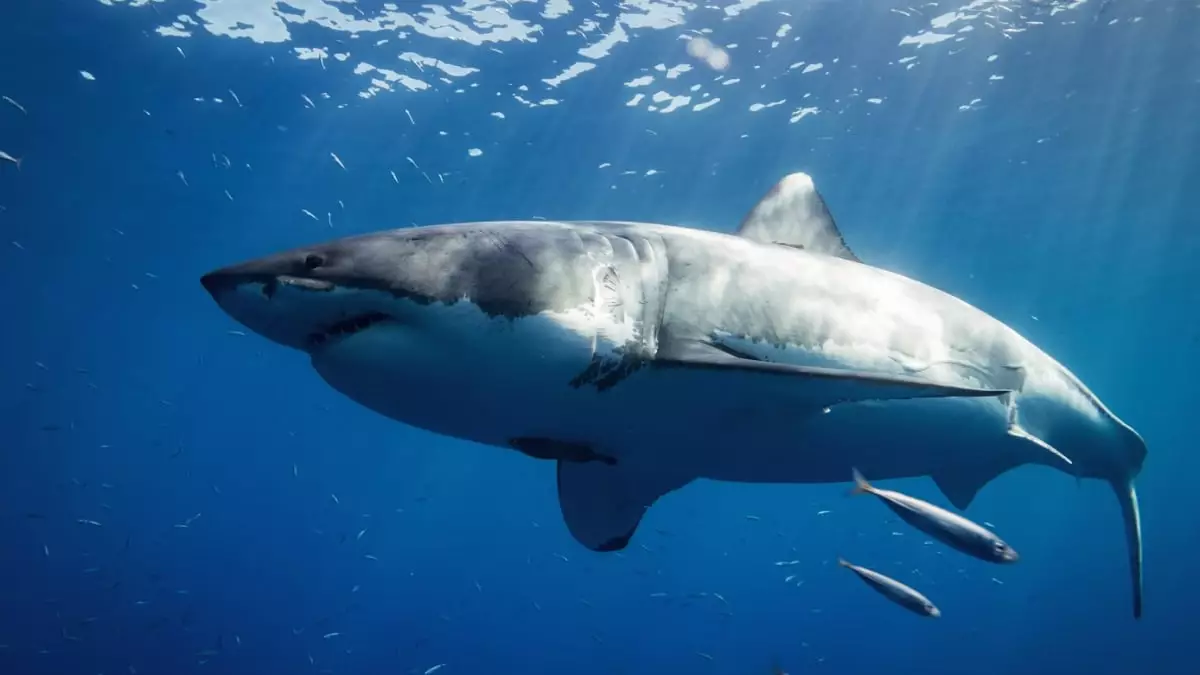The White Shark Café, a remote region situated in the vast Pacific Ocean between Baja California and Hawaii, has long been a subject of intrigue for scientists. Initially believed to be an oceanic desert devoid of life, this mysterious area has captivated marine researchers for years. Great white sharks, a species commonly found off the coast of California, undertake an arduous migration to this enigmatic location during the winter and spring months. This phenomenon has left experts puzzled and curious about the reasons behind this behavior.
Barbara Block, a marine sciences professor at Stanford University’s Hopkins Marine Station, played a pivotal role in shedding light on the secrets of the White Shark Café. Conducting research on the migration patterns of these majestic predators using electronic tags between 1999 and 2000, Block uncovered intriguing insights. Her study indicated that four out of six tagged sharks ventured southwest towards this unexplored oceanic patch, which spans an area equivalent to the size of Colorado. Additionally, the sharks exhibited a tendency to engage in deep dives, with some plunging to depths of up to 1,500 feet. This behavior sparked further curiosity among scientists, prompting them to delve deeper into the mystery of the White Shark Café.
In 2018, Block and her team embarked on a groundbreaking mission to unravel the mysteries surrounding the White Shark Café. By tagging 20 sharks and retrieving data from 10 of them, the researchers made startling discoveries. Contrary to prior beliefs, the Café was teeming with life. Deep-sea fish, squids, and microscopic algae were found to inhabit the area, suggesting that it could serve as a vital food source for the sharks. While the study hinted at the possibility of the Café being a significant location for mating rituals, it also raised questions about the unique food-seeking behavior exhibited by the sharks. Despite the availability of ample food in their familiar hunting grounds off the California coast, the sharks choose to seek sustenance in the open ocean of the White Shark Café.
Analyzing the diving patterns of the sharks revealed intriguing insights. Male sharks were observed to increase their deep dives during the month of April, leading to speculation about potential mating behaviors. However, the reason why males exhibit this behavior more prominently than females remains shrouded in mystery. As researchers like Barbara Block and her team continue to explore the enigmatic world of the White Shark Café, the quest for answers continues. The allure of this remote oceanic region, once considered barren, continues to fascinate and perplex scientists, driving them to uncover the hidden secrets of this underwater realm.

Leave a Reply